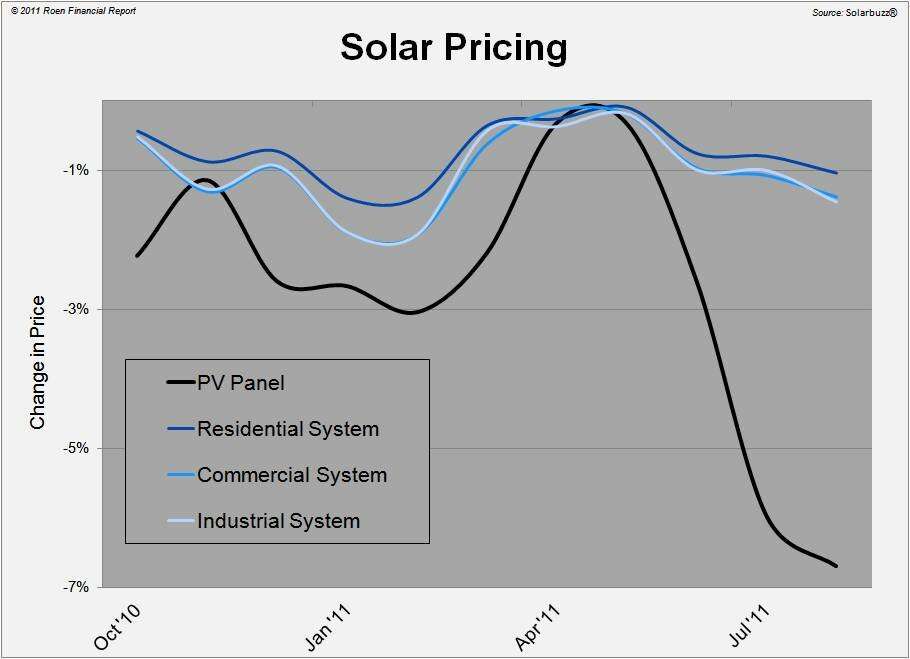NASA astronomers have released the highest-resolution images ever taken of the Sun's corona, its million-degree outer atmosphere, at an extreme-ultraviolet wavelength.
The 16-megapixel images - five times as detailed as anything produced by the Solar Dynamics Observatory - were captured by the High Resolution Coronal Imager, or Hi-C, launched on July 11th.
"Even though this mission was only a few minutes long, it marks a big breakthrough in coronal studies," says Smithsonian astronomer Leon Golub.
The corona consists of million-degree ionized gas, or plasma, so hot that the light it emits is mainly at X-ray and extreme-ultraviolet wavelengths. However, it's not really understood why the corona is so hot, and why it erupts in violent solar flares and coronal mass ejections.
Hi-C focused on an active region near sunspot NOAA 1520 - chosen only on launch day, for its large size and active nature. The resulting high-resolution snapshots, at a wavelength of 19.3 nanometers, reveal tangled magnetic fields channeling the solar plasma into a range of complex structures.
"We have an exceptional instrument and launched at the right time," says Jonathan Cirtain, senior heliophysicist at NASA's Marshall Space Flight Center. "Because of the intense solar activity we're seeing right now, we were able to clearly focus on a sizeable, active sunspot and achieve our imaging goals."
Since Hi-C rode on a suborbital rocket, its flight lasted for just 10 minutes, with only about 330 seconds spent taking data. "The Hi-C flight might be the most productive five minutes I've ever spent," says Golub.
Source: http://www.tgdaily.com/space-features/64876-solar-corona-revealed-in-stunning-hi-def-images
The 16-megapixel images - five times as detailed as anything produced by the Solar Dynamics Observatory - were captured by the High Resolution Coronal Imager, or Hi-C, launched on July 11th.
"Even though this mission was only a few minutes long, it marks a big breakthrough in coronal studies," says Smithsonian astronomer Leon Golub.
The corona consists of million-degree ionized gas, or plasma, so hot that the light it emits is mainly at X-ray and extreme-ultraviolet wavelengths. However, it's not really understood why the corona is so hot, and why it erupts in violent solar flares and coronal mass ejections.
Hi-C focused on an active region near sunspot NOAA 1520 - chosen only on launch day, for its large size and active nature. The resulting high-resolution snapshots, at a wavelength of 19.3 nanometers, reveal tangled magnetic fields channeling the solar plasma into a range of complex structures.
"We have an exceptional instrument and launched at the right time," says Jonathan Cirtain, senior heliophysicist at NASA's Marshall Space Flight Center. "Because of the intense solar activity we're seeing right now, we were able to clearly focus on a sizeable, active sunspot and achieve our imaging goals."
Since Hi-C rode on a suborbital rocket, its flight lasted for just 10 minutes, with only about 330 seconds spent taking data. "The Hi-C flight might be the most productive five minutes I've ever spent," says Golub.
Source: http://www.tgdaily.com/space-features/64876-solar-corona-revealed-in-stunning-hi-def-images










